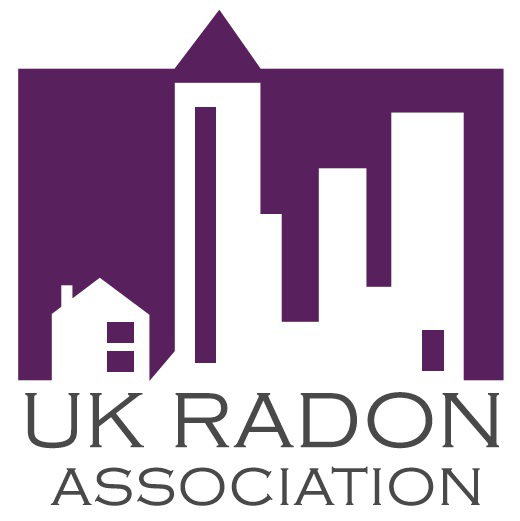Radon is an invisible, odorless gas that can cause serious health problems if present in high concentrations indoors. It forms naturally when uranium in bedrock breaks down, and it can enter buildings through the ground, construction materials, or household water. Because radon cannot be smelled, tasted, or seen, the only reliable way to detect it is to measure its concentration.
There are certain situations when it’s particularly important to check radon levels. Buying a home, renovating your home, and changing ventilation systems are some examples. Outdated measurements are another. An accredited measurement helps avoid long-term exposure, which increases the risk of lung cancer.
Here are five situations when radon testing is especially important:
- Measuring Radon When Buying a Home – Avoid Unpleasant Surprises
Buying a home is one of life’s biggest investments, and a time when checking radon levels is crucial. There may be previous measurement results available, but if the test results are more than a few years old, or if the house has been renovated, it’s wise to perform a new test.
Tip: Carry out a short-term measurement before purchase, which can serve as a basis for price negotiations, but always follow up with a long-term measurement during the appropriate season (at least 60 days during the winter months/heating season, October 1–April 30).
- Radon Testing During Renovations
Major renovations, especially those involving basements, floors, walls, or ventilation, can affect how radon enters and spreads through a building. A floor that was previously airtight may become leaky, and changes in air circulation can create negative pressure that draws in more radon from the ground.
Recommendation: Measure radon levels both before and after renovation to ensure the changes have not increased radon concentrations.
- Time for a New Test – Two to Five Years Since the Last Measurement
Radon levels in a home can change over time due to aging building materials, shifts in ground conditions, or adjustments to ventilation. If it has been 2-5 years since the last radon measurement, it’s time to test again, especially in homes where people spend a lot of time.
- High Radon Levels in Nearby Homes – Why You Should Still Test Your Own
If nearby properties have recorded high radon levels, your risk of exposure may be higher as well. However, radon levels below the actionable limit in neighboring houses do not necessarily reflect the situation in your own home. Differences in construction tightness or building materials can result in very different readings. Regardless of whether neighboring homes test high or low for radon, the safest option is always to test your own home.
- Measuring Radon After Installing or Changing a Ventilation System
Ventilation is one of the most significant factors affecting indoor radon levels. If you have installed a new ventilation system, changed airflow rates, or switched from natural to mechanical ventilation, the balance in the building may shift. In some cases, radon levels will decrease. In others, especially when negative pressure occurs in basements or ground floors, they may increase. Testing after ventilation changes allows you to quickly identify and address potential problems.
A Smart Investment in Health
Measuring radon is simple but essential for protecting the health of those living in a home. Whether you’ve just moved in, completed renovations, or simply want to make sure levels remain low, there are many occasions when a new radon test is a wise investment.
For the most reliable results, carry out a long-term measurement during the heating season or winter months (October 1–April 30). In some cases, a short-term test outside the heating season can also be worthwhile, for example, when a property transaction is underway.







